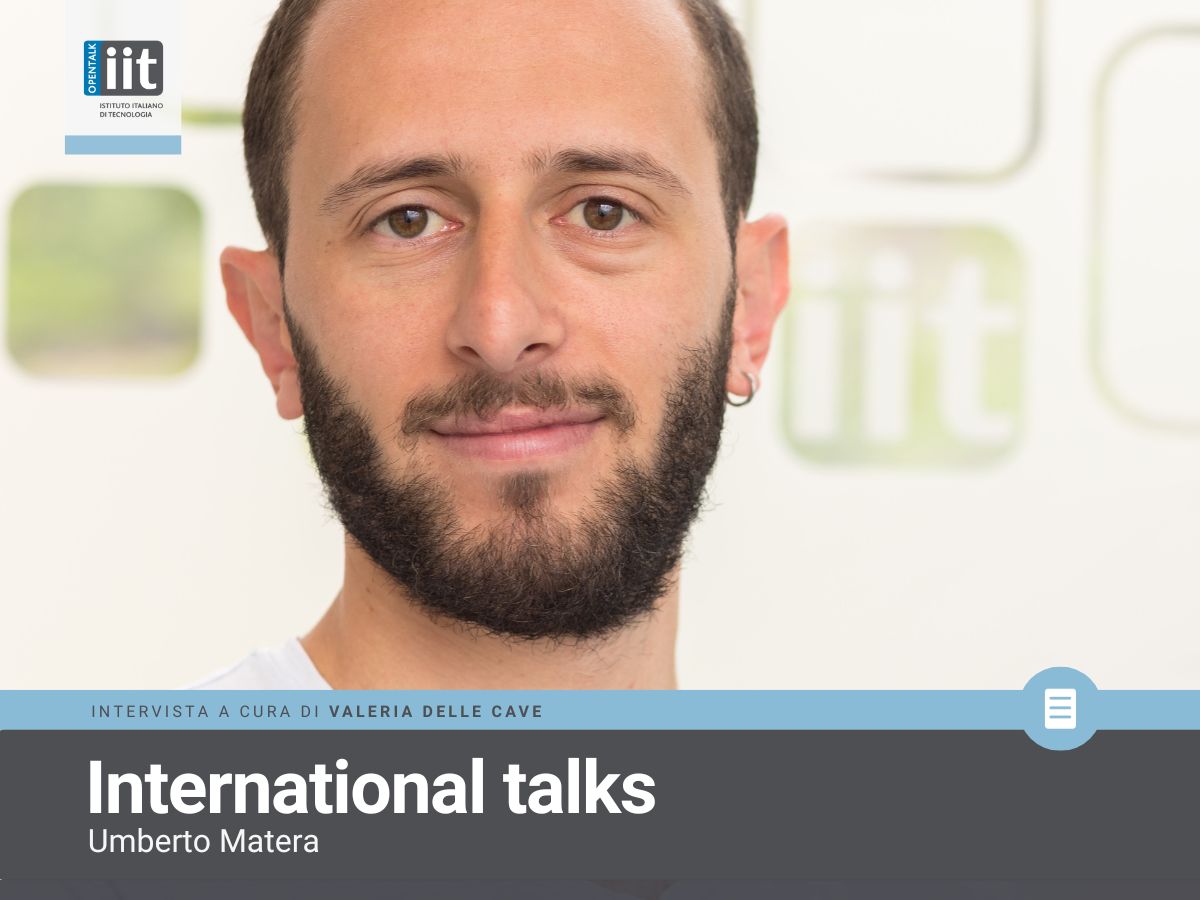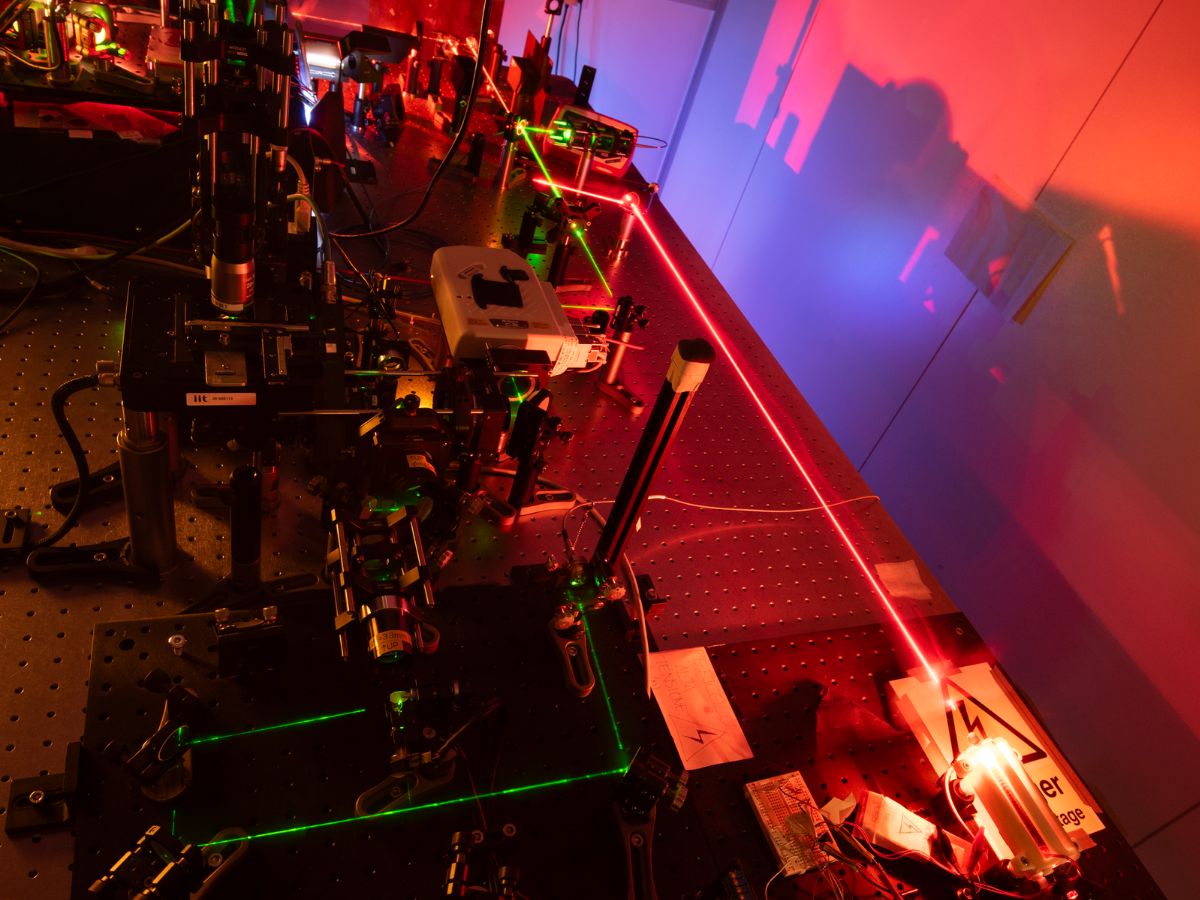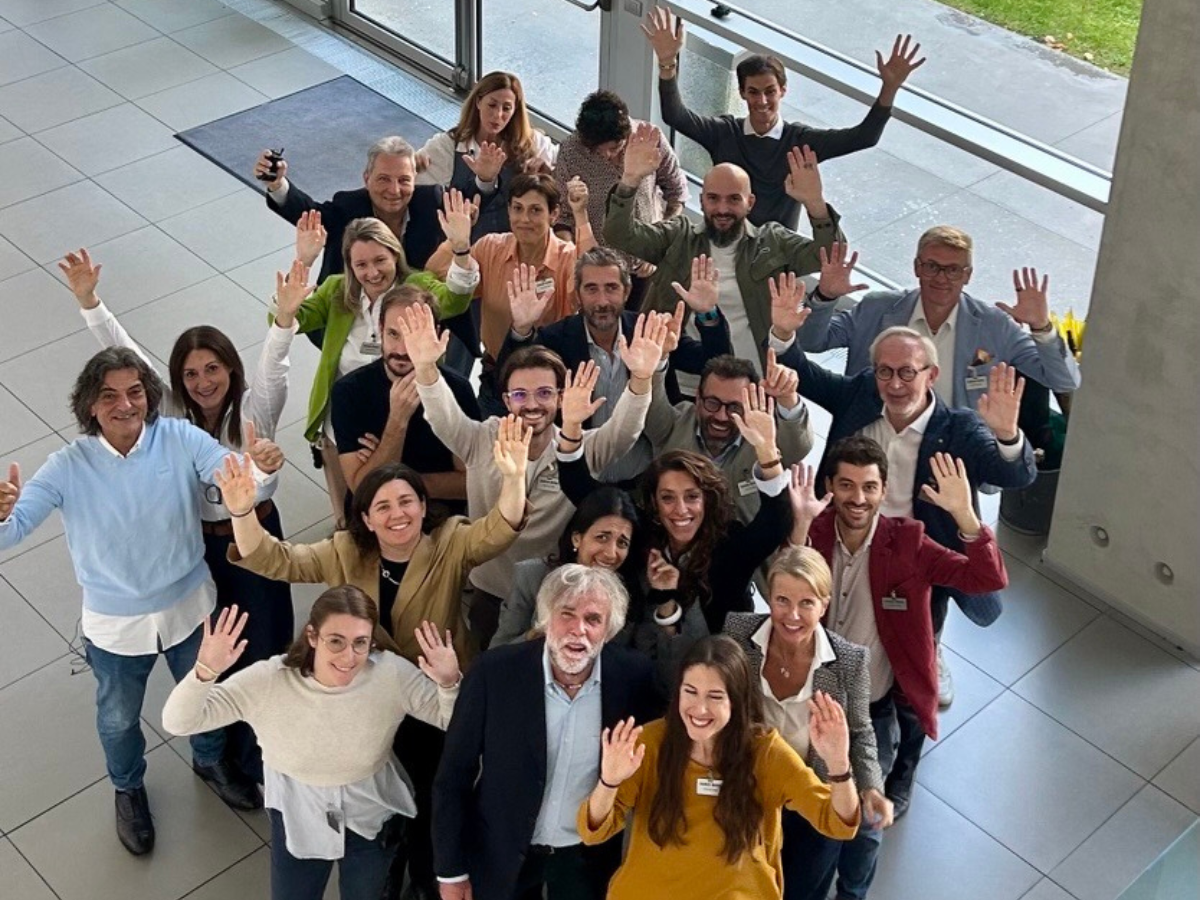The long way from theoretical physics to nanotechnology
When I decided to become a physicist, at 16 years old, many friends and classmates told me that I would not have found a job in that field. Guess what? They were right. At least partially, I would say. Even though my initial plan was to give a contribution to theoretical physics (hopefully receiving a Nobel Prize nomination), after my bachelor in Pisa, I realized that my passion was moving into more practical subjects. Basically, I found out that I liked to play in the laboratory. During my master in Nanotechnology, I spent a period in Madrid and Barcelona that helped me a lot, staying in contact with international people and facing also different academic approaches. Furthermore, I have been working at the Institute of Photonic Sciences (ICFO, Barcelona), where I carried out my mater thesis on superhydrophobic, nanostructured glass surfaces. I probably consider that period as the best of my life, for the interesting job and for my personal life (yea, Barcelona is amazing indeed). After the University, I started looking for a PhD that could match my interests that, at that time, were quite confused, and included also economy and biology. So, I spent a while in a sort of “limbo”, until I came across a Marie Skłodowska-Curie position based in Madrid, to study and valorize the intellectual property of the European project HeatNMof. This project aims to “combine the highly porous and versatile structure of biocompatible nano – Metal-Organic Frameworks with plasmonic and magnetic Nanoparticles”, mixing different aspects of science in an international environment, contributing to the next generation of materials used in the nanomedicine field. My task here is to analyze the prior art of the technology developed, to see the evolution in time in their fields, the main actors, and the countries where the invention are protected, in order to help the planning and to facilitate their commercialization. Thanks to this project, now I can travel to work in different partner institutions, where I have also the possibility to participate in some practical lab experience. This shows me the actual experimental method and process that I don’t see that much since I work into the IP field, and gives me an idea on what actually is the work on the other part of a patent, thus the development of the invention. During this two-months period here in IIT, I am working in the group of Teresa Pellegrino, analyzing the intellectual property in the field of magnetic hyperthermia. I can say that, even though I took a diversion from the theoretical physics (but I am still open to receive a Nobel Prize nomination), my job gives me a broad vision of the innovation in many sectors, satisfying my heterogeneous and wide interests. Moral of the story, sometimes the ones that don’t believe in us have a point, but it can be the beginning of an amazing path.





